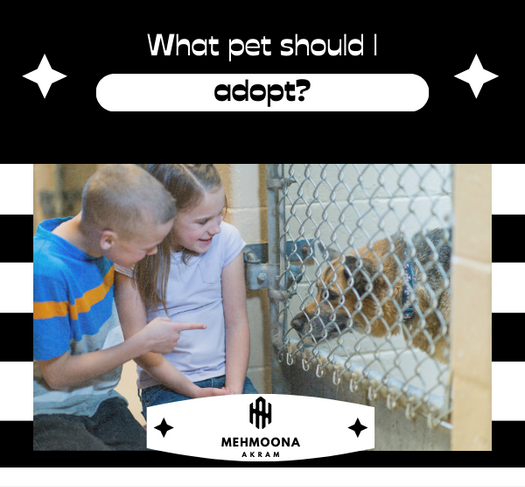
Introduction
When it comes to expressing their emotions, cats, who are more commonly renowned for their mysterious and solitary natures, can be highly expressive. Even while they might not wag their tails or bark like dogs, they nonetheless have their own understated methods of letting you know how they’re feeling. This blog will walk you through the numerous symptoms and behaviors to watch for if you’ve ever wondered whether your feline companion is upset or furious with you. If you’ve ever had such a thought, this post is for you. If you can have an understanding of the feelings that your cat experiences, it will be possible for you to have a better and more harmonious relationship with your pet.
Language of the Tail
The movement of a cat’s tail is a good sign of how they are feeling. Even though it may look like a basic appendage, the tail may actually communicate a great deal of information, including the following:
Puffed-up tail: If your cat’s tail puffs up all of a sudden, it’s usually an indication that they are either afraid or angry. It’s possible that anything has made them feel unhappy or angry.
Having a tail that twitches often means that the animal is uncomfortable. If the tail of your cat is moving swiftly in both directions, it is perhaps time to give them some space of their own.
A tail that is held low to the ground can convey a variety of emotions, including submission or dissatisfaction. It’s possible that your cat is feeling cranky or irritated right now.
What Can the Ears Tell Us:
In addition to that, you should focus on your cat’s ears. The orientation of their ears and the way in which they move can tell you a lot about how they are feeling:
Ears that are facing forward and standing up are typically a sign that your cat is alert and happy.
When the ears of a cat are pressed flat against the head, it is generally a sign of displeasure, wrath, or anxiety on the part of the cat.
Cues verbales
Cats have a wide variety of vocalizations, and the pitch and volume of their meows and purrs can provide insight into how they are feeling at any given moment:
Growling and hissing are unmistakable indications of annoyance, and one need to take them very seriously. It is advisable to back off and give your cat some space if they hiss or growl at you. This will provide them time to settle down.
The sound that cats make when they are contented is called purring. However, some cats purr even when they are in discomfort or when they are worried. It is essential to take into account the context as well as any additional clues.
Language of the Body
Keep an eye out for these signals in your cat’s overall body language:
The back is arched and the fur is raised: This is typically a defensive posture that indicates rage or fear.
A cat that is squatting low to the ground or has a body posture that is otherwise low may be experiencing negative emotions such as anxiety or irritability.
If your cat is avoiding you or hiding from you, this behavior could indicate that they are sad or unhappy about anything.
Expressions on the Face
Cats’ facial expressions may not be as expressive as those of dogs, but it’s still possible to tell what they’re feeling:
Pupils that are dilated: Pupils that are enlarged may indicate fear, worry, or excitement.
Eyes that are squinted or otherwise narrowed may reveal that the person is irritated or uncomfortable.
Behavior Involving Litter Boxes
Alterations in your cat’s routines when using the litter box might potentially be an indication of underlying health problems. If all of a sudden your cat begins urinating or defecating outside of the litter box, it could be a sign of stress or anger, or it could indicate a medical concern. Seek the advice of your trusted veterinarian to rule out any potential health problems.
The final word
Cats are intricate creatures that have their own one-of-a-kind ways of expressing their feelings. Pay special attention to your cat’s tail, ears, vocalizations, body language, and facial expressions to determine whether or not he or she is displeased or furious with you. Keep in mind that each cat is its own unique person, and that the behaviors they exhibit can differ from one another. It is crucial to address the underlying issues if you feel that your cat is frequently expressing indications of anger or discontent. These difficulties may include environmental stressors, health challenges, or changes in habit. If you suspect that your cat is consistently displaying these signals, it is essential to address these issues. You can develop a deeper and more trustworthy connection with your feline friend if you take the time to comprehend the feelings and requirements of your cat.



